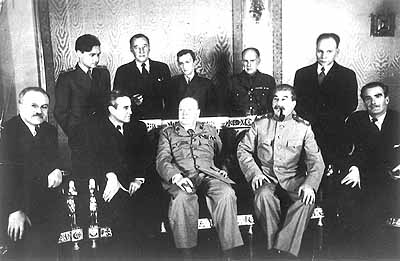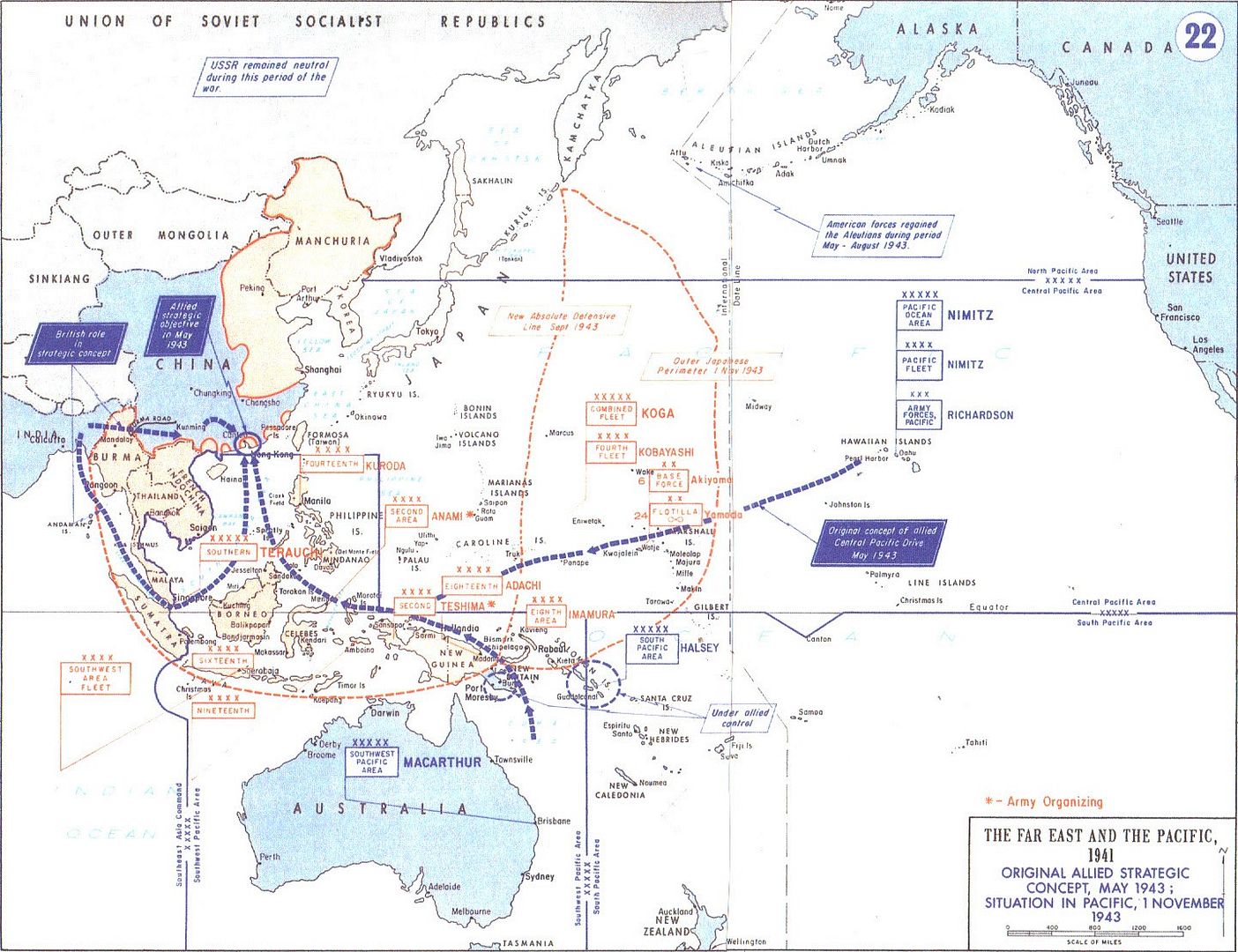Free Republic University, Department of History presents
World War II Plus 70 Years: Seminar and Discussion Forum First session: September 1, 2009. Last date to add: September 2, 2015.
Reading assignment:
New York Times articles delivered daily to students on the 70th anniversary of original publication date. (Previously posted articles can be found by searching on keyword “realtime” Or view
Homer’s posting history .)
To add this class to or drop it from your schedule notify Admissions and Records (Attn: Homer_J_Simpson) by freepmail. Those on the Realtime +/- 70 Years ping list are automatically enrolled. Course description, prerequisites and tuition information is available at the bottom of Homer’s profile. Also visit our
general discussion thread.
November 1, 1943:
- November 1943: "Nazis raze the death camp at Treblinka.
- "A Hebrew teacher named Szosznik leads inmate resistance at the Majdanek death camp.
Hundreds are killed, ten escape. - "The corpse-burning squad revolts at Borki, Poland.
Fifty are killed and three survive. - "The first deaths occur at the Fünfteichen, Silesia, Poland, slave-labor camp.
- "The death camp at Sobibór is demolished.
- "State Department official Breckinridge Long's campaign against Jewish immigration reaches its apex when he falsely testifies before the House Foreign Affairs Committee.
He informs the committee that the United States has admitted 580,000 refugees since 1933.
He implies that most are Jews and that they remain in the United States.
But the fact is that fewer than 200,000 remain in the United States; many have emigrated from the United States to other countries, and many of the refugees were non-Jews.
Long's figures apply only to the number of visas issued by the United States.
The net number of German refugees who stay in the United States is only 51,960.
Between the attack on Pearl Harbor and the end of the war, only 21,000 additional refugees are admitted to the U.S. - November 1: "Joseph Stalin, Franklin Roosevelt, and Winston Churchill sign the Moscow Declaration.
Because of British suspicions that the Jews and Poles are exaggerating German atrocities, the declaration omits references to gas chambers.
Also, while promising postwar justice for murderers, it does not mention Jews."

"In November 1943 Joseph Stalin, Franklin Roosevelt, and Winston Churchill met at Tehran, Iran.
They discussed military tactics and the formation of an international organization to peacefully settle disputes between nations.
Stalin particularly wanted the opening of a second front to help divert German pressure from his Red Army.
Pictured (from left to right) are Soviet Foreign Minister Viacheslav Molotov, U.S. Envoy W. Averell Harriman, Churchill, and Stalin."

"Ivan Vranetic concealed dozens of Jews from the Nazis in Yugoslavia.
He sheltered the Jews in barns and, on occasion, his own home.
But since his village, Topusko, was so close to the German border, German soldiers often searched it for concealed Jews.
When this happened, Vranetic had the Jews hide in the nearby forest.
After the war Yad Vashem named him a "Man of Honor."
Today Vranetic resides in Israel."

"This finely crafted violin once belonged to Henry Rosner, a prisoner at the Plaszów, Poland, forced-labor camp that was commanded by the infamous Amon Goeth.
Rosner and his brother, Poldek, an accordionist, entertained Goeth and his frequent guest, Oskar Schindler, at numerous dinner parties.
Schindler's fondness for Rosner's music compelled him to add the entire Rosner family to the list of 1,100 workers for his Brinnlitz munitions plant.
Although the violin never made it to the factory, Rosner was reunited with his beloved instrument--and his wife--after the war."
